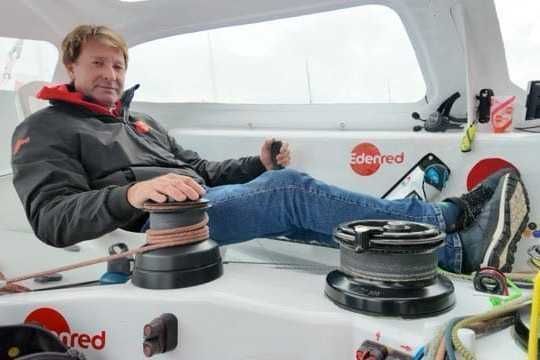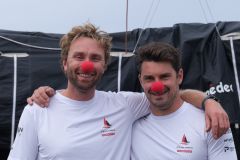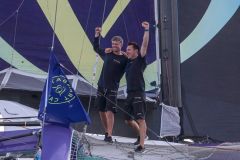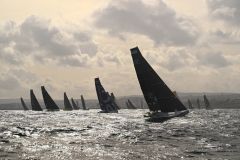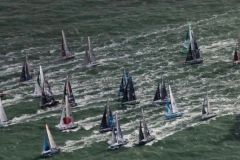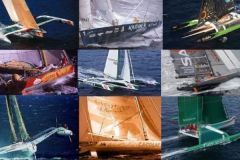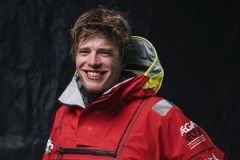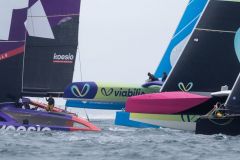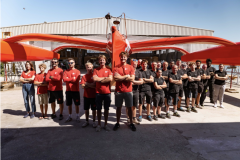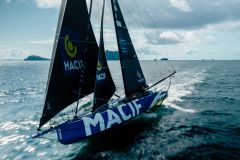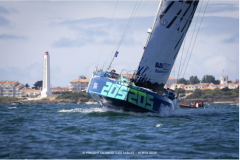Steering a 50-foot trimaran at over 30 knots is more than just "holding the helm". Stability, feedback, helmsman positioning, fatigue... everything comes into play. On the Ocean Fifty, this question of steering has become central, and three technical options now coexist. The choice is as much technical as ergonomic. Here's what the skippers and technical teams have to say.
Classic tiller: straightforward, tried-and-tested, but cumbersome
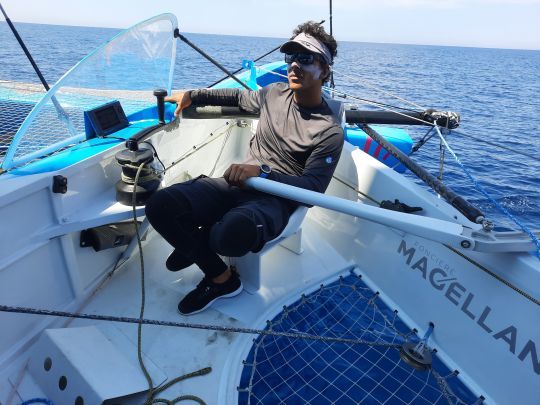
This is the historic solution. The same as on an Optimist, a First or a Sun Odyssey. A tiller, positioned at the rear of the cockpit. This system acts mechanically on the three rudders via rigid transmission bars. The main advantage: a direct connection between the hand and the rudder. Sensations are direct and immediate. Easy to maintain and monitor, the helmsman feels every pressure variation, every cavitation or unhooking.
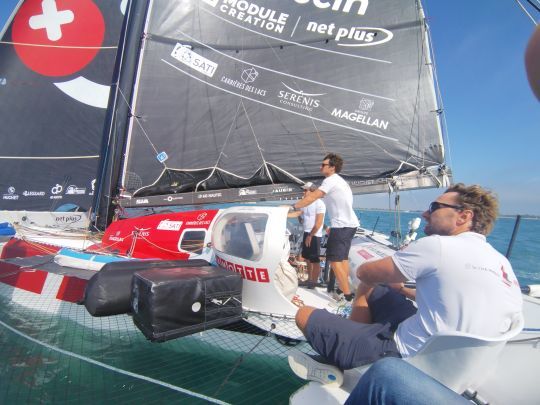
But this configuration has its limits. It takes up precious cockpit space. On boats increasingly designed for single-handed maneuvers or double-handed grand prix racing, this space is becoming a problem. Several teams are therefore seeking to rethink space without sacrificing sensations.
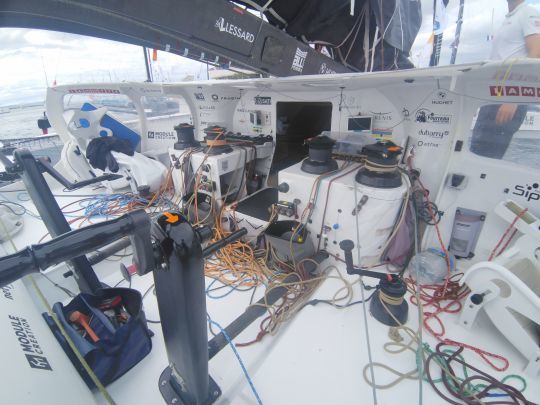
Koesio and the augmented electronic steering wheel: assisted and adaptive steering
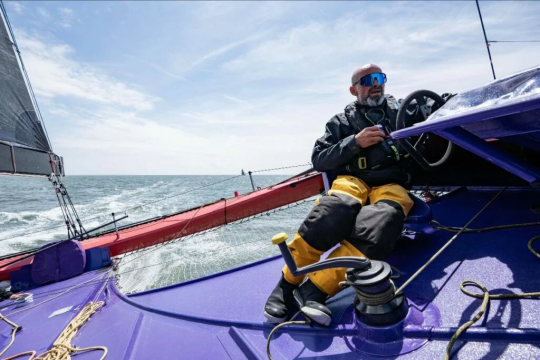
Visit Koesio by Erwan Le Roux is the first Ocean Fifty to be equipped with an enhanced electronic steering wheel in 2024. The system, based on the Ultim SVR Lazartigue developed by MerConcept, Mobius France and Madintec, enables the helm station to be positioned anywhere, without mechanical transmission.
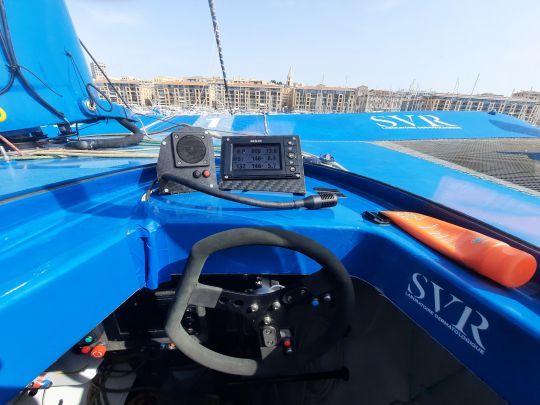
This steering wheel, connected to a Mobius L300-700 actuator, controls the rudders with reduced latency. The skipper feels a feedback similar to that of an airplane, precise and direct. Erwan Le Roux comments: " I'm blown away by the steering precision achieved with this system."
In addition to flexible positioning, this device offers weight and safety savings. It eliminates the need for heavy mechanical bars, while providing haptic feedback. According to Matthieu Robert (Madintec), " precision is sometimes better than a sailor, depending on conditions." The system also integrates autopilot data, providing an instantaneous reading of the boat's behavior.
Endered and the sliding bar: a compromise between ergonomics and precision
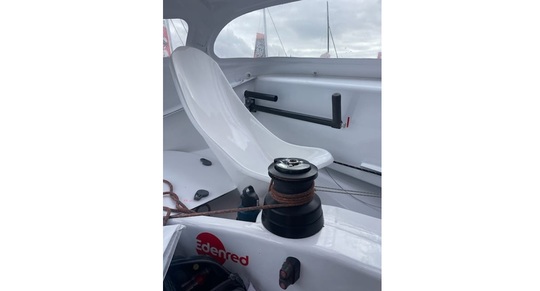
On the Ocean Fifty Endered the team opted for an innovative slide-mounted mechanical bar. Cyril Durcot, technical director of the project, explains the rationale: " We wanted a wide, fluid cockpit. A traversing tiller blocked the flow".
The transmission remains mechanical, but offset. To compensate for the loss of leverage and provide a degree of progressiveness, a hoist has been added. As a result, a 30 cm movement of the tiller generates just 10 cm of movement at the rudders, providing a smooth ride.
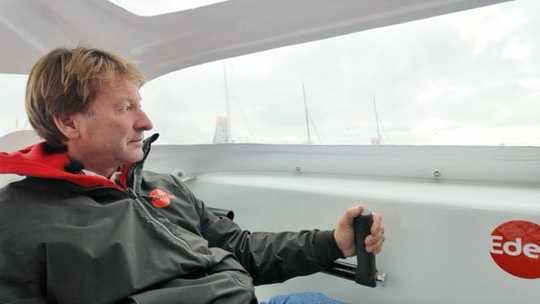
But not everything is perfect. The system imposes a less natural position, with the front hand at the helm. The helm feels different: less direct feedback, less information in the hand. Friction and ragging have been reworked, but it remains a compromise. It is designed to clear the deck and improve overall cockpit ergonomics.
Three systems, three navigation logics
Today, these three solutions coexist in the Ocean Fifty, each with its own strengths and limitations. The tiller remains the benchmark in terms of pure feel, but its ergonomics are becoming a limitation. Endered's sliding tiller offers an interesting compromise to free up space, with smoother steering. Koesio's electronic steering wheel opens up a new avenue: that of assisted steering, modular and potentially more powerful.
These technical choices reveal the evolution of ocean racing: lighter, more ergonomic, hybridized technologies. What if tomorrow, yachtsmen could benefit from these advances? The idea of semi-assisted steering on a cruising catamaran may not be so far off.

 /
/ 